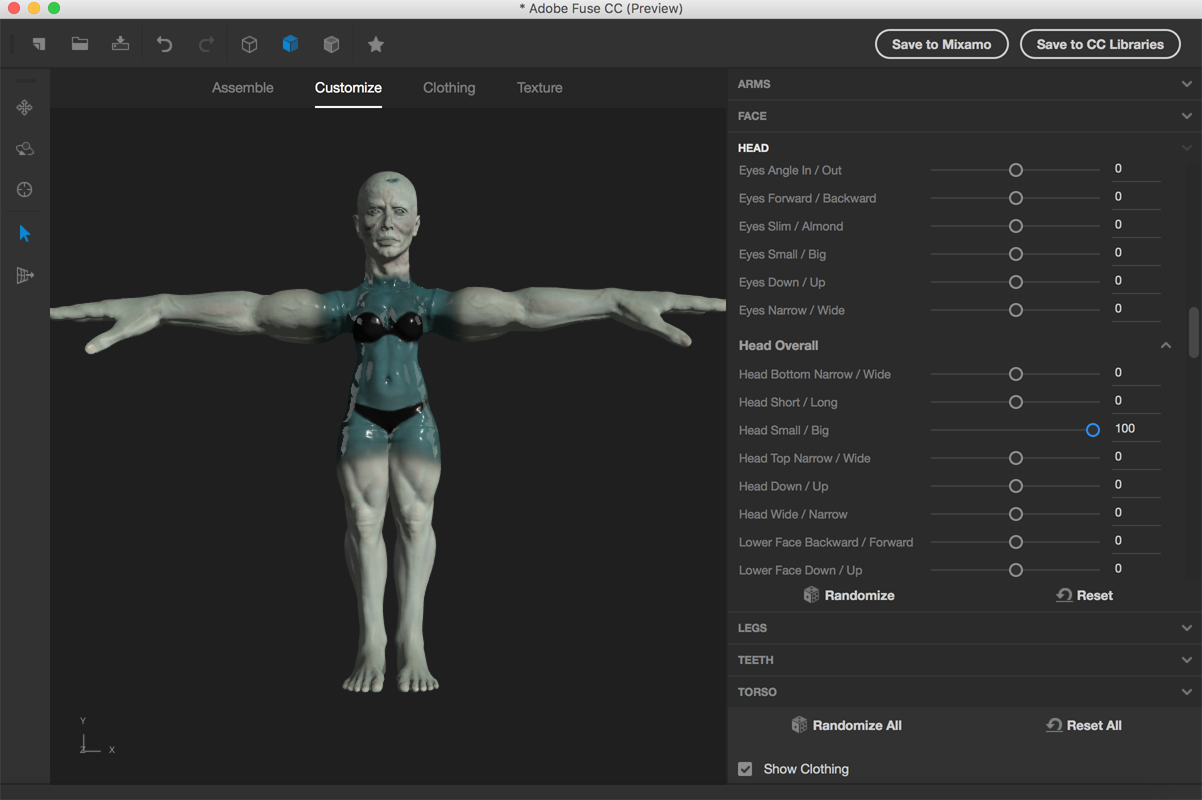
- #ANYLOGIC IMPORT 3D MODEL HOW TO#
- #ANYLOGIC IMPORT 3D MODEL DRIVER#
- #ANYLOGIC IMPORT 3D MODEL CODE#
- #ANYLOGIC IMPORT 3D MODEL PLUS#
any possible improvement of 'local' HSQLDB queries thereafter).
#ANYLOGIC IMPORT 3D MODEL PLUS#
Plus you have the storage overhead of effectively having two copies of a DB, and any performance difference is unclear (trading off the one-off cost of the import vs.

#ANYLOGIC IMPORT 3D MODEL CODE#
So you can read from the Redshift DB and write into the internal AnyLogic DB to do a 'manual import' (which you could call as part of model initialisation) you can also avoid the Connectivity palette query elements and just do the SELECT queries in the standard Java way, perhaps using a visually-added Database object to get you the connection more easily.īut it's important to remember that this only gains you being able to use the built-in visual configuration of internal-DB-linked things like agent populations and properties of library blocks you can always just do this via queries to the external DB directly (which means a bit more 'manual' code for setting up agent populations, for example).

(If you think about it, this requires the schema of the external DB to be translated into a schema for the built-in AnyLogic DB which is actually a standard HSQLDB database thus by definition this is not a 'universal' operation even with the use of JDBC, hence why only certain external DBs are supported.) The former is only supported for Excel/Access and SQL Server. The latter can be done for any JDBC-compliant DB as you've seen (and that's what the FAQ instructions are referring to). The latter does not affect/change the former. Importing external database (DB) tables into the built-in AnyLogic DB is a separate thing from reading from / writing to external DBs via a Database object and the Connectivity palette elements. What are my next steps? Or am I wasting my time here? Redshift connectivity would go a long way to getting our models suitable for more widespread operational use. So I added in a 'query' item from the 'Connectivity' palette, and did a simple 'Select * from Table' - but it's unclear how I can get this into my local database. I've thenĪ) Selected the connection as 'Other database type'ī) in the 'JDBC Driver' section I've typed 42.DriverĬ) in the connection URL I've put in the following: jdbc:redshift://:/?ssl=true&tcpKeepAlive=true&sslfactory= (this is standard connection string from workbench/dBeaver/KNIME and works with those, all of which are JDBC)ĭ) used my usual username/password that I use for my normal SQL workĪfter doing this I still only see the usual options for importing a table. When I go to the database and try to import a table, I still only see the options for Excel/SQL serverįrom the 'Connectivity' palette, I've dragged 'Database' into the 'Main' part of the model. Gone to the 'Advanced Java' properties of Main and typed the following line in the Import section: import 42.Driver.
#ANYLOGIC IMPORT 3D MODEL DRIVER#
#ANYLOGIC IMPORT 3D MODEL HOW TO#
I've adapted this guide to Redshift, but I'm quite unclear about how to get the connection to actually fire, or how to test if it's actually worked. In the FAQ is a step-by-step guide to linking up to MySQL.

This version has native connectivity to an excel spreadsheet or to a SQL Server database. what are we expecting to happen tomorrow, tomorrow always shifting). This will allow the model to automatically pick up new data to define our populations and run, enabling better operational decision making (i.e. I'm interested in linking up a model in Anylogic 8.6 to a table/view in a Redshift database.


 0 kommentar(er)
0 kommentar(er)
